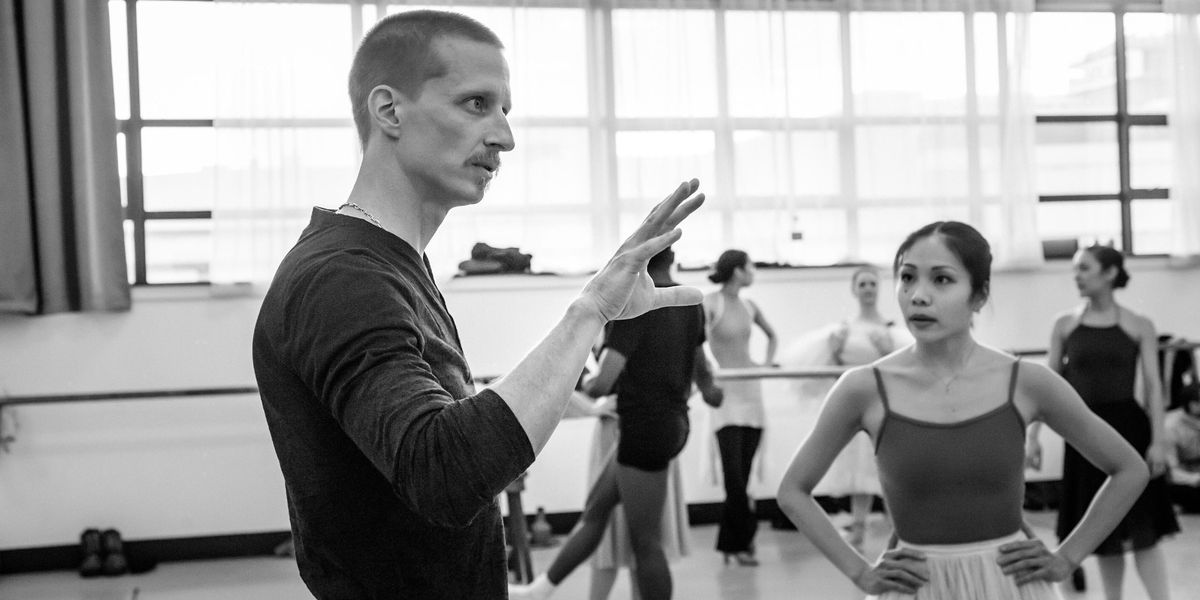Motorcycles, JFK, Space Travel: Ethan Stiefel on His New Ballet
Ethan Stiefel’s love of motorcycles has been well documented over the years, perhaps most memorably when he played ballet bad boy Cooper Nielsen in the popular 2000 dance movie
Center Stage. So it seems fitting that the former American Ballet Theatre star’s Harley-Davidson played a role in the creation of his world premiere for The Washington Ballet, which honors the centenary of President John F. Kennedy’s birth. New Washington Ballet artistic director Julie Kent called on her longtime ABT colleague for her first commission, Frontier, which premieres May 25–27 at the Kennedy Center Opera House.
Tell us how you and Julie Kent met.
Julie and I first started working together in the late ’90s at ABT. I danced some of my first roles and debuts with her. I think my favorite ballet with Julie was Romeo and Juliet. You never forget your first Juliet.
How did she approach you about the Washington Ballet commission?
She contacted me last year in late May and said she wanted me to do a new ballet, specifically one that was connected in some way to President Kennedy. I was obviously very excited, but I needed to take a moment to do some homework, some research. There are many different ways that one could go in making a JFK ballet.
Most of your research was done during a six-week cross-country solo motorcycle trip.
Yes. This one was 9,000 miles, which was my most substantial bike trip to date. It helped me focus my thoughts on this upcoming ballet. The solitude and the time to read after a day on the road was an ideal process.
Why did the space program intrigue you?
We look up and wonder, but we don’t really know what’s out there in space. Astronauts are viewed, rightfully so, as superheroes, superhuman. So few people have had the opportunity to go into space, to walk on the moon. Whether it’s a visceral connection, scientific or technological, there are so many different elements that I can express through dance. It’s a topic that I think will get people excited, not only dance aficionados, but also those who have a fascination with space.
Walking into the studio that first day, did you have material mapped out, or did you improvise with the dancers?
I came in with a structure and the tone for different movements. I prepared different phrases, but sometimes what I create in my living room doesn’t always translate to 12 dancers in a studio. I also like to leave some things open to have a dialogue with the dancers and see where they may contribute.
There’s a mechanical and earthbound quality to certain sections, and then as we get into outer space, that has a completely different feel. The movement explores going into an unknown place that has a different level of gravity than we do on Earth.
You once said, “Choreography hasn’t hit me yet. I don’t have the passion to make dances.” When did that change?
When I said that in 2003 it was true. I was still performing and my focus was on developing my teaching and coaching skills. But more recently, i just started getting ideas, whether it was reformulating existing full-length works or original creations. I didn’t know I would have a real passion for choreography—look how that’s changed in 14 years. You never know.




